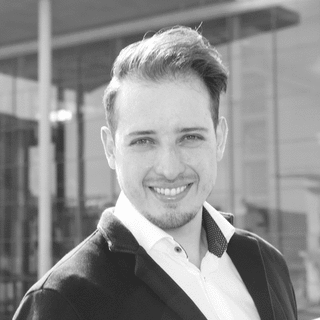27-29 November, Vilnius
Conference about Big Data, High Load, Data Science, Machine Learning & AI
Conference is over. See you next year!
Biography
Santiago is Consulting Director at Teradata Think Big Analytics. He is thereby part of the Consulting Leadership Team in Germany. Furthermore, he is responsible of Consulting Services, advising Enterprises within their big data and advanced analytics strategy; leading them to innovative best-practice implementations with the goal to speed up time-to-market regardless their technology stack and initial organization.
Furthermore, Santiago has been responsible to launch and grow Teradata’s Hub in Berlin and is active as keynote speaker. His computer science studies helped him to collect experience from
Talk
It is about Augmented Intelligence, not Artificial Intelligence
Computers alone using artificial intelligence currently could not defeat an adaptive and
AI has encountered many fundamental obstacles, practical as well as theoretical for which augmented intelligence seems to be a more effective & logical solution. A good example of this is Fraud – Fighting fraud is ambiguous. For instance, a financial institution in Northern Europe used AI to amplify human intelligence. Some of the challenges are for example the class imbalance of 100,000:1 non-fraud vs. fraud and the fast evolution of fraud sophistication with similar intelligent software.
We will discuss how machine learning was able to reduce false positives by 35% and improve detection of true positives — actual fraud, at roughly the same

